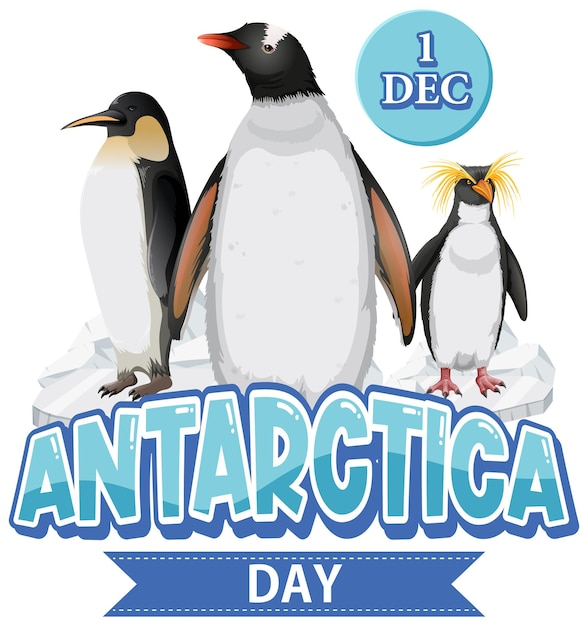Interesting Facts About Emperor Penguins

Emperor penguins are the largest species of penguins in the world.
They can grow up to 4 feet tall and weigh up to 90 pounds.
Emperor penguins are known for their distinct black and white coloring.
These penguins are excellent swimmers and can dive up to depths of 1,800 feet.
They have a layer of blubber that helps keep them warm in the cold Antarctic waters.
Emperor penguins are monogamous and mate with the same partner each year.
The males are known for their endurance and bravery as they incubate the eggs in freezing temperatures.
The females lay a single egg and leave it with the males while they go in search of food.
Emperor penguins can survive without food for up to two months during the incubation period.
They communicate with each other using a series of vocalizations and body movements.
Emperor penguins have a unique adaptation that allows them to drink seawater without getting dehydrated.
They have specialized feathers that are designed to keep them waterproof and insulated.
Emperor penguins can live up to 20 years in the wild.
They form large colonies of up to several thousand individuals during the breeding season.
When walking, emperor penguins waddle from side to side, which gives them a comical appearance.
Despite their clumsy appearance on land, emperor penguins are agile and graceful swimmers.
These penguins can reach speeds of up to 15 miles per hour in the water.
Interesting Facts About Emperor Penguins part 2
Emperor penguins have a diet that consists mainly of fish, squid, and krill.
They have a keen sense of sight, which helps them locate prey underwater.
Emperor penguins have a streamlined body shape, which reduces drag and allows them to swim efficiently.
They can hold their breath for up to 20 minutes while diving for food.
Emperor penguins have a complex social structure within their colonies.
They form strong bonds with their offspring and will fiercely defend them from predators.
These penguins are well-adapted to the extreme cold temperatures of Antarctica.
To keep warm, they huddle together in large groups called huddles, taking turns in the center to conserve heat.
Emperor penguins have been featured in several documentaries and movies, making them popular among nature lovers.
They have a natural predator in the form of leopard seals, who hunt them in the water.
Emperor penguins have become an iconic symbol of resilience and survival in harsh conditions.
The life cycle of an emperor penguin is fascinating, from courtship rituals to raising their young.
These penguins have inspired many artworks and sculptures due to their unique appearance.
Emperor penguins have evolved over millions of years to thrive in their Antarctic habitat.
They migrate over long distances to reach their breeding grounds each year.
The population of emperor penguins is currently declining due to climate change and loss of sea ice.
Efforts are being made to protect and conserve emperor penguin populations in the wild.
Emperor penguins have a fluffy layer of down feathers that keep their eggs warm.
They have a keen sense of hearing, which helps them locate their chicks in crowded colonies.
Emperor penguins have been studied extensively by scientists to understand their behavior and adaptations.
These penguins have a playful and curious nature, often engaging in social interactions within their colonies.
They can recognize individual calls and use them to locate their mates and chicks.
Emperor penguins have a slow breeding rate, with only one successful chick raised per pair each year.
These penguins have been known to undertake long journeys in search of food, sometimes traveling hundreds of miles.
They have a unique ability to regulate their body temperature, allowing them to survive in extremely cold conditions.
Emperor penguins have a prominent orange patch on their necks, which becomes brighter during mating displays.
These penguins have highly developed immune systems, which helps them fight off diseases in their harsh environment.
Emperor penguins are a symbol of unity and cooperation, as they work together to ensure the survival of their species.

